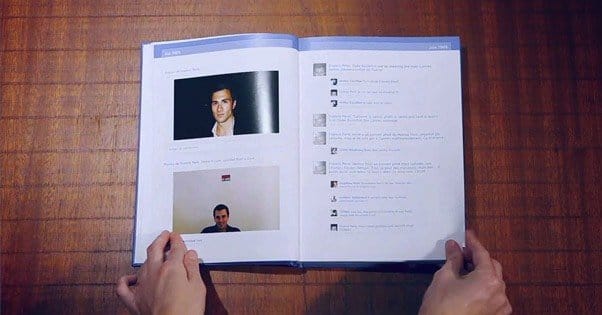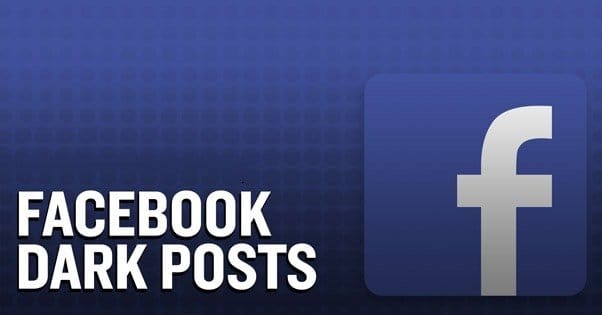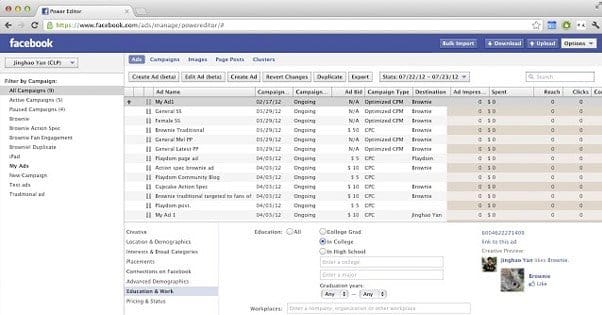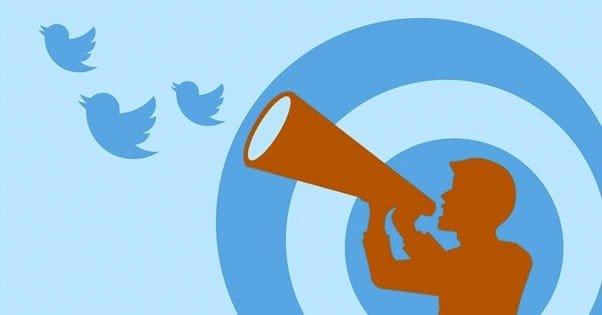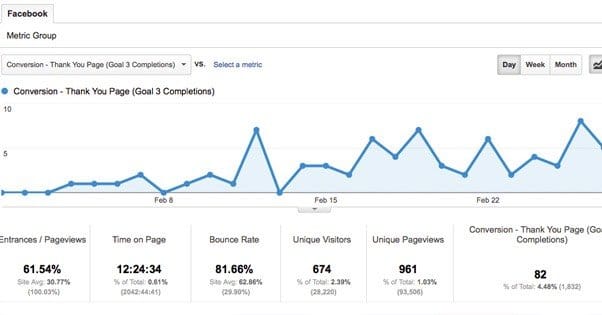 Written by ContentPowered.com
Written by ContentPowered.com
Facebook is a marketer’s dream but it’s also their nightmare. It’s an incredibly robust platform with insanely huge reach. You can target specific interested demographics on a level that’s unheard of anywhere else. Not even Google has as many available targeting options. All this with a broad audience of hundreds of millions of people.
On the other hand, that means you can very easily target the wrong groups of people, or target too broadly, and end up pouring money down a hole without a single thing to show for it. As much potential as Facebook ads have for success, they have as much or more for failure.
What I’ve put together here is a list of assorted tips you can use to boost the effectiveness and value of the ads you run. They range from ad copy optimizations to targeting to timing and more. Put as many of them to use as possible and they will help you dramatically increase the profits you get from running ads.
Before We Begin
There’s one thing you need to do before you can start boosting your ROI, and that’s measure it. If you don’t know how to track and measure your ROI, you don’t know if any of the changes you make are actually having an effect. You won’t know which campaigns and which changes to prune, and which to invest more heavily into.
The first thing you can do is measure your engagement through Insights. Insights are free and they’re readily available to any marketer on the platform. The most important metric to watch is your page likes. Monitor the timing of your ad campaigns and how many likes you get through paid means. Do the same for paid post traffic.
The second thing you can do is use Google Analytics and UTM Parameters to tag, track, and measure the traffic using links you use specifically. Facebook has a Google Analytics tag builder, but you can also use Google’s own. You can read more about using UTM parameters here.
The third thing you can do is track the raw monetary exchange. How much are you spending, and how much are those people spending on you? This gives you a monetary ROI to compare to the social ROI from your other data streams.
Now, on to the tips.
Go in with a Goal
The first thing you need to do is go in with a goal for your ads. Know what you want to get out of them. This is important for several reasons. First, it helps you choose the right ad objective. Ad objectives are subtly different in how Facebook shows your ads to people, and who gets viewing priority. Second, it helps you know what metrics you need to track in order to monitor the ROI of your ads. Third, it helps you keep yourself on track with a robust marketing campaign that covers all the bases.
There are a bunch of different ad objectives to pick from, though you can always have one that isn’t mechanically supported and just pick the best from the list. Unfortunately, Facebook doesn’t have custom objectives. You have to pick from:
- Post Engagement: Ads designed to get people to like, comment, share, or view photos related to your posts.
- Page Likes: Ads designed to get people to follow your business Page.
- Website Clicks: Ads designed to get people to click through to your website so they can be exposed to more direct marketing, or just to pushed blog posts.
- Website Conversions: Ads designed to get people to not just click through to your website, but to go on and perform an action there. Actions can be anything from opting in to a mailing list to buying a product.
- App Installs: Ads designed to get people to install your mobile app on their mobile device, be it a phone or tablet.
- App Engagement: Ads designed to get people to perform some action within your app.
- Event Response: Ads designed to get people to RSVP for your event.
- Offer Claim: Ads designed to get people to claim a specific discount or offer within your online store.
- Video View: Ads designed to get more people to watch your video, though what counts as a view according to Facebook is very different from what it is on YouTube.
Utilize Dark Posts
Dark posts are an excellent sort of tool you can use for all sorts of marketing benefits. “Dark post” is just another name for unpublished posts, which are posts you make but are not published in the news feeds of people who follow you or in your timeline. Instead, they are only visible to people who click a direct link to the post.
The best way to use these, though far from the only way, is to create several variations of the same post to split test their effectiveness. This helps you test posts without spamming your organic followers. You can read about how to create dark posts here. Fair warning, you need to:
Use the Power Editor
Power Editor is a free Chrome extension created and maintained by Facebook. It’s designed to give you easier access to basic advertising functions, and deeper access to more complex or exclusive marketing features. It can be quite difficult to use if you’re not reading up on it, but trust me; once you’ve gotten used to it, it will be impossible to do without.
Dark posts are just one of the features Power Editor makes it easy for you to use. You also gain access to testing functions before the general public, because Facebook rightly assumes anyone using the Power Editor is an advanced marketer. It also adds more granular options to various functions, like a bunch of different boost post options that almost make boosting posts a viable option.
Target to Fans Only with Compelling Sales
When you have an offer to sell, you obviously want to make it as compelling as possible. Even so, it can be difficult to get people who aren’t interested in your product in the first place to go from disinterested to converting. It’s a lot easier to take the process in gradual steps, so you’re not trying to entice people to convert when they haven’t even seen your value proposition.
This is why it’s generally a good idea to create your most sales-focused and time-sensitive ads and target them at specifically the people who already follow you. There’s no sense in targeting non-fans; you can target them with other ads later. By restricting your sales ads to your fans, you can dramatically increase your conversions. It shouldn’t even cost much more.
Target the Right People
I mentioned that Facebook ad targeting is insanely robust, but I don’t think I did the concept justice. You can target for a huge array of factors. Just about anything that a user can like on Facebook can be the target of an ad. That means specific movies. That means restaurants. That means food groups. That even means your competitors specifically.
Targeting really has to be done right, and we’ve written on the subject before. In fact, rather than attempt to cover those topics again in a tiny amount of space, I’ll just link you to the previous posts.
- The Ultimate Guide to Facebook Ads Targeting
- Can You Target People Who Have Liked a Specific Fan Page?
- The Ultimate Guide to Using Facebook Ads Location Targeting
- Tips to Market by Gender on Facebook Ads
- 4 Ways to Target Your Facebook Campaign to a Specific Audience
Retarget Bounced Visitors
Retargeting is yet another kind of targeting option, and it’s incredibly useful. You know how when people click your ad to visit your website, a lot of them just read a bit and then go away without ever having thought about converting? What about the people who go as far as to ad something to their cart, only to abandon it at the last minute? These are people who clearly had some attraction to your brand, but they didn’t convert.
A lot of times, the reason they didn’t convert is due to timing. Maybe they were browsing at work and didn’t want to be caught shopping. Maybe they had to consult with a spouse. Maybe they needed to wait for their next paycheck. Maybe they were on an unsecured wifi connection and didn’t want to transmit payment information over the air.
Any of these reasons will kill a conversion, but you can recover those conversions. What you do is use the Facebook tracking pixel to track who visits from an ad, and who of those people failed to convert. You make a custom audience out of those people, and then you market directly to them. They’re interested, so they’ll be more likely to convert than the standard audience on Facebook.
Target Lookalike Audiences
A lookalike audience is another sort of custom audience. In this case, it’s made up of people who share many of the same qualities as the people who already like your page, but who do not themselves like your page. It does not consider friend lines or connections, so you don’t have to worry about that. Instead, it considers factors like age, gender, interests, income level, and so forth.
The best use for lookalike audiences is to market to them in such a way as to entice them to like your page. Then you can expose them to your deeper marketing through website click and post engagement ads, as well as fan-only dark posts. The tricky part is getting them to be part of your primary audience. I don’t recommend advertising sales directly to lookalike audiences, but you can certainly try; perhaps it will work for you. Remember, everything is worth testing once.
Support Ads with External Marketing
By this, I mean types of marketing that aren’t Facebook ads. This includes public organic Facebook posts. It also includes other social media posts, like on Twitter, Instagram, Pinterest, or LinkedIn. This also includes marketing on your site, like blog posts and landing pages. On top of that, it includes more personal communications like your newsletter, and print marketing.
The key to doing this successfully is theme and consistency. If you’re offering 10% off on Facebook, you should be offering 10% off on your site, and elsewhere. If you’re using black and yellow with a honeybee theme on Facebook, you should be using it on your blog and on Twitter. If you’re advertising a holiday sale on one site, it should be the same broad theme on others.
Modify Based on Relevant Info
There are a lot of modifications you can make to individual ads. You can change your landing page. You can change your offer. You can change your imagery. You can change your title, your URL, your copy; everything about an ad is variable.
The thing is, you need to only change what can have a measurable effect on your actual goals. If you’re running ads to get engagement but you primarily only care about shares, and you test two ads, which one do you go with? The one that gives you more likes or the one that gives you less, with shares remaining equal? You’d naturally go for the one with more likes, but it’s hardly a relevant choice.
The real metric to monitor is your cost per goal. If you’re trying to get conversions, measure how much you spend on the ad, how many people convert, and how much it costs per conversion. The same goes for any objective. Cost per goal is the number one factor to use to adjust your ads, with volume coming in second.
Customize Tracked Conversions
Conversion tracking on Facebook is particularly tricky. When you check conversions, you can see a pretty high number. In fact, you can actually see a higher number than you see clicks. Something is obviously wrong there, but what? The answer is that Facebook lumps conversions from different conversion pixels together. You need to customize what you see.
To do this, you can dig into insights and customize your columns. There are a bunch of different conversions under the Website Conversions section to pick through. For example, “key web page views,” “leads,” and “registrations” are all available options. There are also cost per action conversion metrics you can monitor as well, in case you don’t want to do the math manually. You can read more about it here, in tip #4.
Shoot for a Reasonable Frequency
Ad frequency is a ratio between the number of people in the audience who can potentially see an ad, and the number of people who actually see it. A ratio of 1, that is, a frequency of 1, means that every person in the audience has seen the ad exactly once. A frequency higher than 1, like 3, means that each person in the audience has seen the ad three times. A frequency of .5 means that only half of your audience has seen the ad. Got it?
Usually, you should be shooting for a frequency of at least 1. For ads with smaller, more focused audiences – like your fans-only conversion ads – you can go for something more like 2 or 3. Going any higher than 3 can be a bad idea, though, as your fans are inundated with the ads and start to get annoyed at seeing them.
This is why narrow targeting is so important. If you’re trying to achieve a frequency of 3, it’s a heck of a lot easier with an audience of 10,000 than it is 100,000. It’s also a lot less expensive.
Use a High Converting Landing Page
Whenever you send people off-site, they should end up on a landing page. The only exception is boosted posts, and even those should have their surroundings optimized for conversions, like using an exit intent pop and sidebar CTAs.
Landing page optimization is its own beast, and there’s a ton that can be said about it. In fact, a ton has been said about it already, like Unbounce’s 101 tips for landing page optimization. I recommend you go read that instead of hoping I’ll cover it all in a paragraph.
Optimize Your Ad Copy
Ad copy – and imagery – is important for compelling ads. It’s all very mechanical in a sense. Emotional appeals, evocative imagery, the right degree of positivity, the right sort of tone, it can all be put together like pieces of a puzzle. It’s also an art form that takes quite a while to grow to be good at, so it might be worth it to hire someone to coach you in the early days. Otherwise, study successful ads and extensively test your own to figure out what is most compelling to your specific audience.
